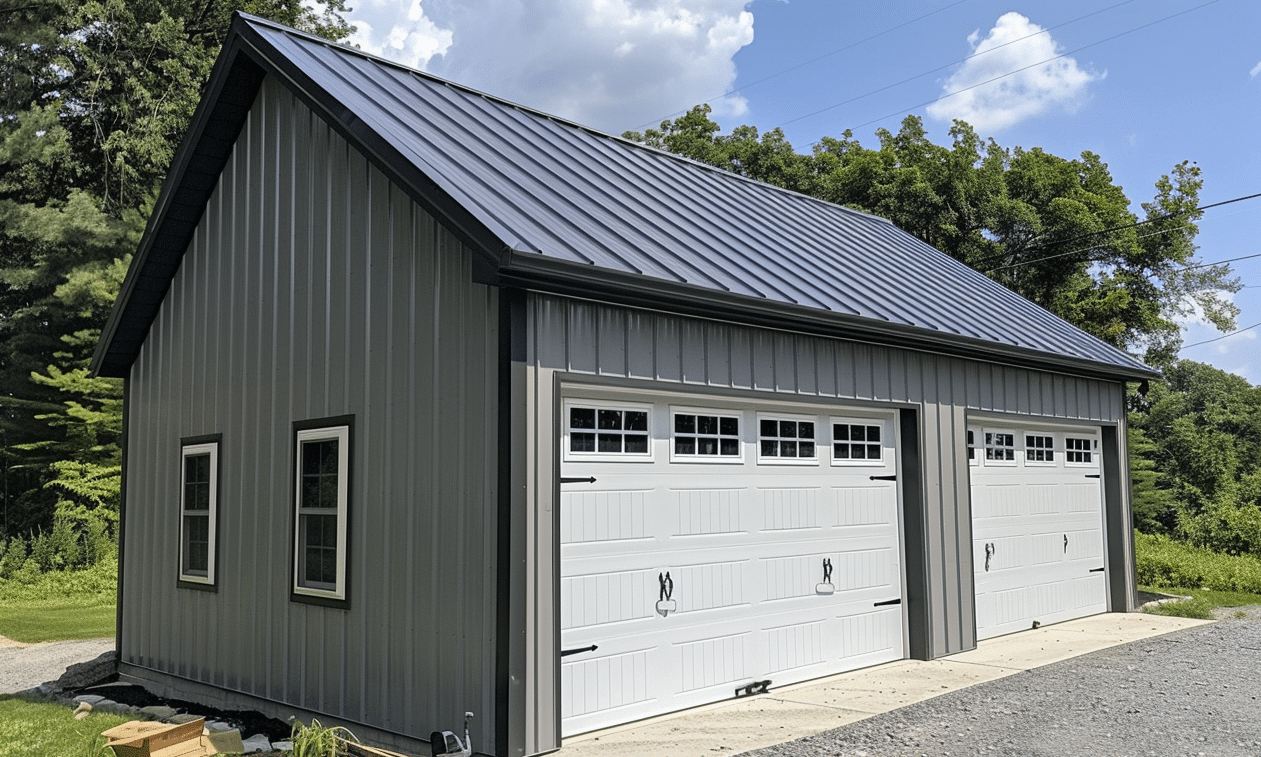Navigating the maze of commercial construction regulations can often feel like adventuring through a labyrinth with no clear end in sight. Whether you’re a property developer, a project manager, or a business owner looking to expand, understanding these rules is crucial. But don’t worry, this guide will help you clear the fog and gain insight into the process. Imagine commercial building regulations as the invisible overseers that dictate where you can build, what you can build, and how you can construct it. Let’s dive in to explore these critical influences shaping modern commercial construction projects.
The Foundation of Commercial Construction Regulations
Have you ever wondered why certain buildings look a particular way or why some areas seem to have an aesthetic uniformity? This is often due to commercial construction regulations, which govern every aspect of building design from the ground up. Similar to a roadmap for builders, these regulations ensure that structures are safe, accessible, and environmentally friendly. Let’s explore how these regulations lay the groundwork for successful commercial projects.
Commercial construction rules cover myriad aspects, including zoning laws, building codes, safety standards, and aesthetic guidelines. Zoning laws determine where different types of structures can be built, while building codes set the standards for safety and functionality. For example, when engaging in metal buildings projects, adherence to these regulations ensures that structures are not only viable but also sustainable over time.
The Role of Building Codes and Zoning Laws
Consider building codes as a stringent supervisor, holding the key to structural safety and integrity. They cover everything from electrical wiring rules to fire safety measures. The purpose of these codes isn’t just to satisfy legal requirements; it’s to create safe, efficient, and accessible commercial spaces for everyone.
Zoning laws, on the other hand, act like city planners, dictating where different types of businesses and buildings can situate. Want to know more about how these regulations influence design? Check out the Commercial building facade design, which further explores aesthetic considerations that stem from zoning guidelines.
Complying with Accessibility Standards
In a modern twist, accessibility in commercial buildings has become a cornerstone of regulations. Not only is it a mandate, but it’s also a moral obligation to ensure that everyone, regardless of ability, can access and utilize the spaces we create. Regulations cover installations like ramps, elevators, and tactile guides for vision-impaired individuals.
Challenges in Navigating Commercial Construction Regulations
Navigating regulations can sometimes feel like walking a tightrope; it requires balance and precision. Challenges often arise in the form of ever-changing legislations, varied regional requirements, and the sheer complexity of the rules themselves. To simplify this, many industry professionals turn to expert Commercial Builders, who have a knack for wrangling these complex requirements into manageable tasks.

The Importance of Staying Updated
Staying abreast of current rules is crucial. Why? Because the landscape of commercial building regulations is as fluid as a rushing river. Changes often reflect advancements in technology, new safety concerns, and shifts in economic policies. Keeping up-to-date with these changes ensures your project remains compliant and minimizes the risk of costly rework.
Exploring resources like Construction Dive can help you stay informed about the latest industry trends and regulatory updates. Staying informed is not only wise but necessary to maintain the competitive edge in the commercial construction sector.
Strategies for Easing Regulatory Compliance
Complex regulations shouldn’t feel like insurmountable hurdles. With proactive planning and expert consultation, your commercial projects can seamlessly align with legal requirements. Here are some strategies to ease compliance:
Planning and Collaboration
Imagine a symphony orchestra where each musician works harmoniously with others. Successful commercial construction works in much the same way. Collaboration—be it with architects, contractors, or regulatory bodies—ensures that building designs meet regulations without compromising creativity or functionality.
Employing detailed project planning is akin to laying a strong foundation. It can mitigate potential compliance issues by identifying them early, allowing for adjustments that can save time and avoid frustration later in the project’s lifecycle.
Engaging with Professionals
Using skilled professionals—such as architects specialized in commercial projects—ensures buildings not only meet legal standards but also enhance user experience. Moreover, hiring an architect who understands both Accessibility in commercial buildings and emerging design trends adds a layer of sophistication and inclusivity to your project.

The Future of Commercial Construction Regulations
With the push for green buildings and sustainable architecture on the rise, regulations are evolving. Their future will likely incorporate more rigorous energy efficiency standards and environmental considerations. This shift emphasizes the importance of sustainable materials, such as those used in metal buildings, which contribute to long-term environmental benefits.
In this new era, commercial constructions will need to adapt by using innovation to meet stricter regulations without sacrificing functionality or aesthetic appeal. The potential for future regulations focused on reducing carbon footprints and enhancing sustainability cannot be overstated.

In conclusion, navigating commercial construction regulations may seem daunting, but with comprehensive planning and the right team, it’s entirely achievable. The focus will always remain on creating safe, functional, and innovative spaces that harmonize with regulatory standards. As you embark on your next commercial venture, consider these aspects as the key stepping stones towards a compliant and successful build. Whether you’re expanding an existing property or developing a new project, remember that understanding and adhering to these regulations is not just a necessity, it’s an opportunity to build a better tomorrow.










